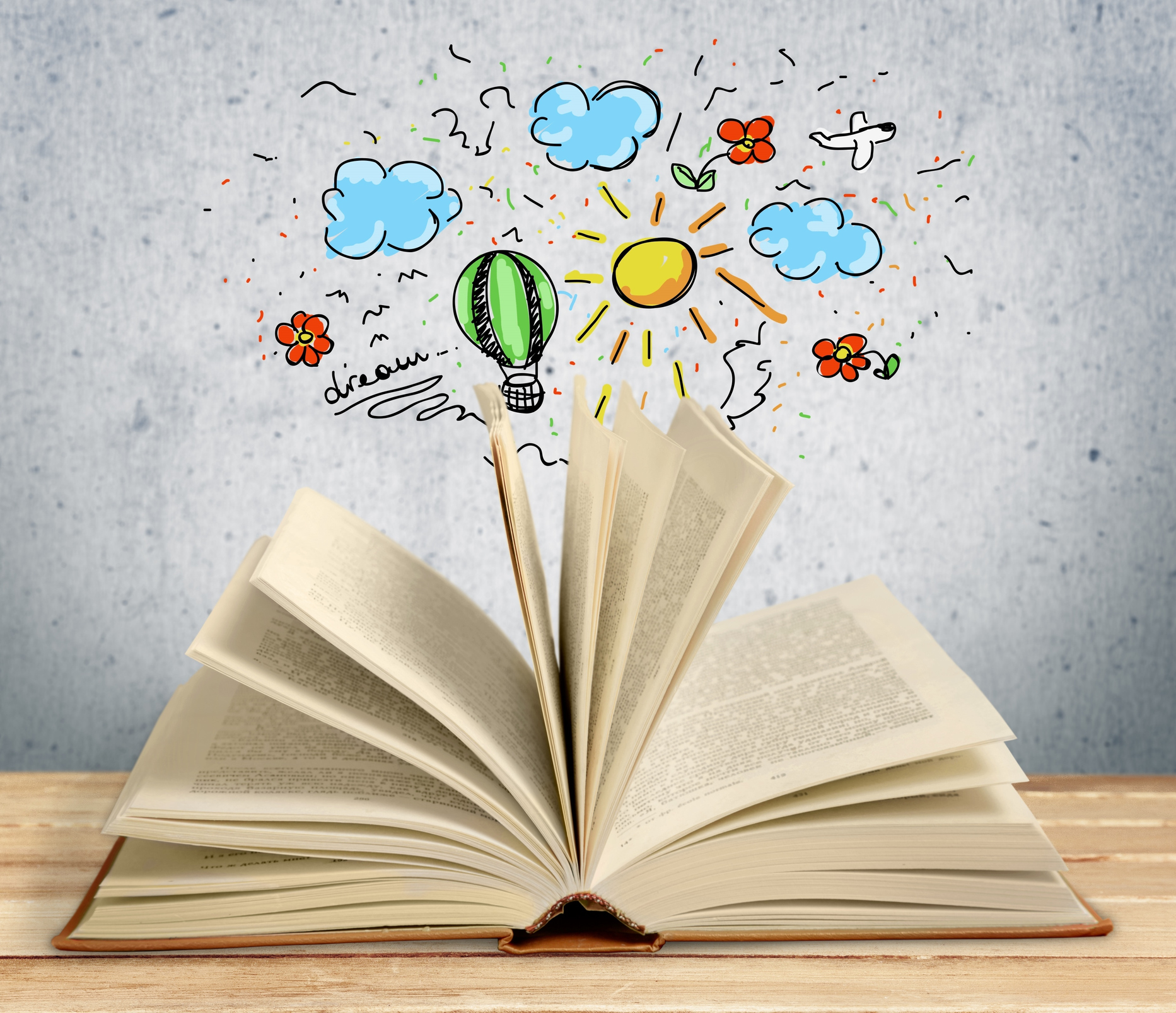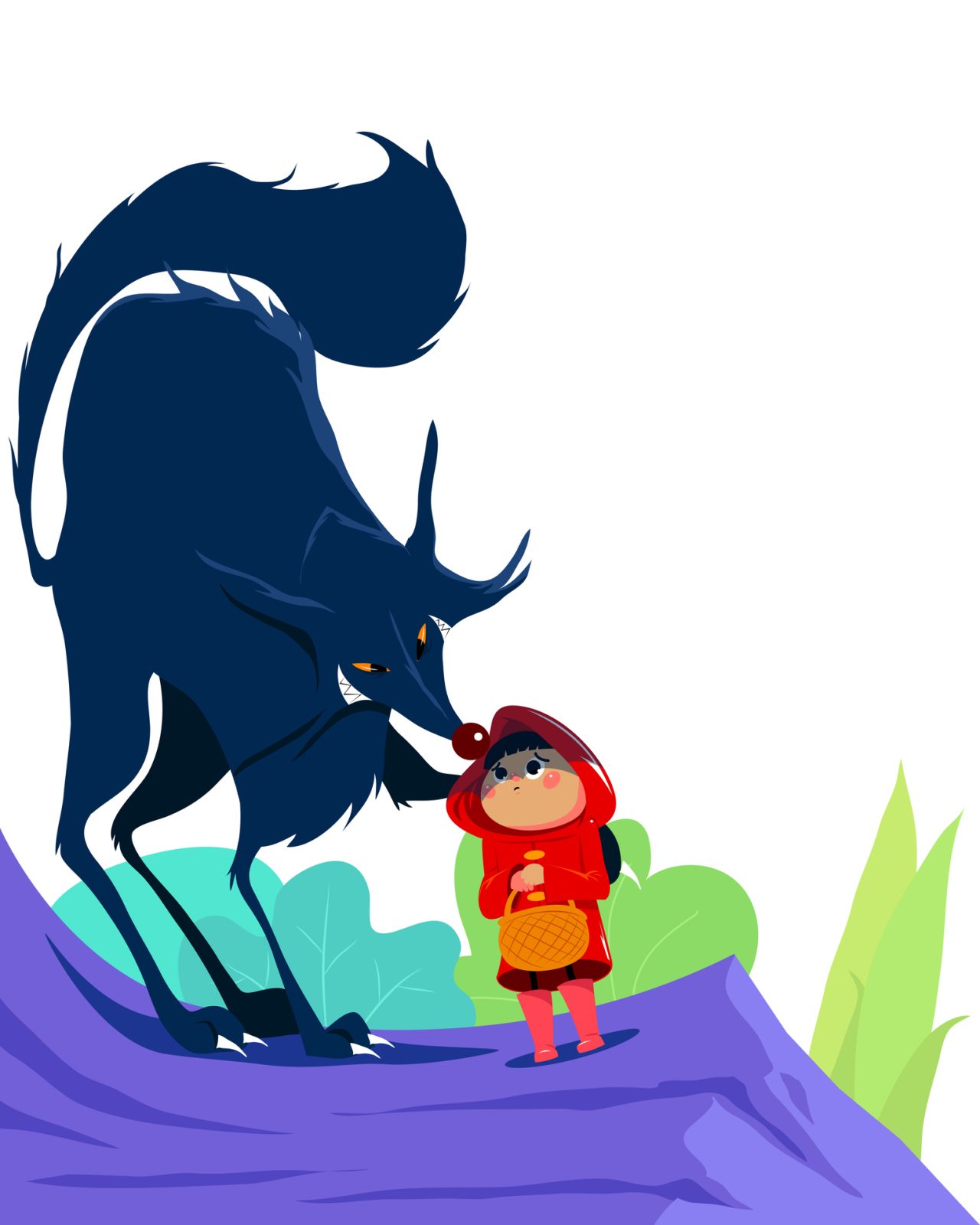Literary techniques
These are the most common literary tools. They are useful both when you need to analyze or interpret text and when you are creating your own text.


Literary techniques
When working with language, it’s exciting to find new ways in which it can be used, especially when it comes to writing. There is a range of different tools and techniques that can be used to improve your writing. Their use makes it more fun for you to write and for your audience to read. Furthermore, using these tools in your writing can enhance any text you create.
These skills need to be practiced just like everything else. Few people become expert writers overnight. This presentation will show you some of the most common linguistic techniques and how using them makes writing much more fun!

Fargeblyanter i en sort kopp, og en skriveblokk med en blyant liggende oppå.
1. Allusion
In literary terms, an allusion is the technique of making a brief reference to a well-known text in popular culture to provide additional meaning to your own writing. You may for example be writing a story about a girl with a red cloak and allude to the fairy tale Little Red Riding Hood. Another example could be drafting the Ten Commandments for Surviving Middle School drawing on the Ten Commandments in the Bible.

En stor mørk ulv og ei lita jente med røde klær og kurv.
Ønsker du å lese hele artikkelen?
Ved å logge inn får du full tilgang til artikkelen, samt Lærerrommet med engasjerende læringsstier og oppgaver du kan bruke i undervisningen.
Ønsker du å prøve ut fullversjonen av Skolerom?
Kontakt oss her!
